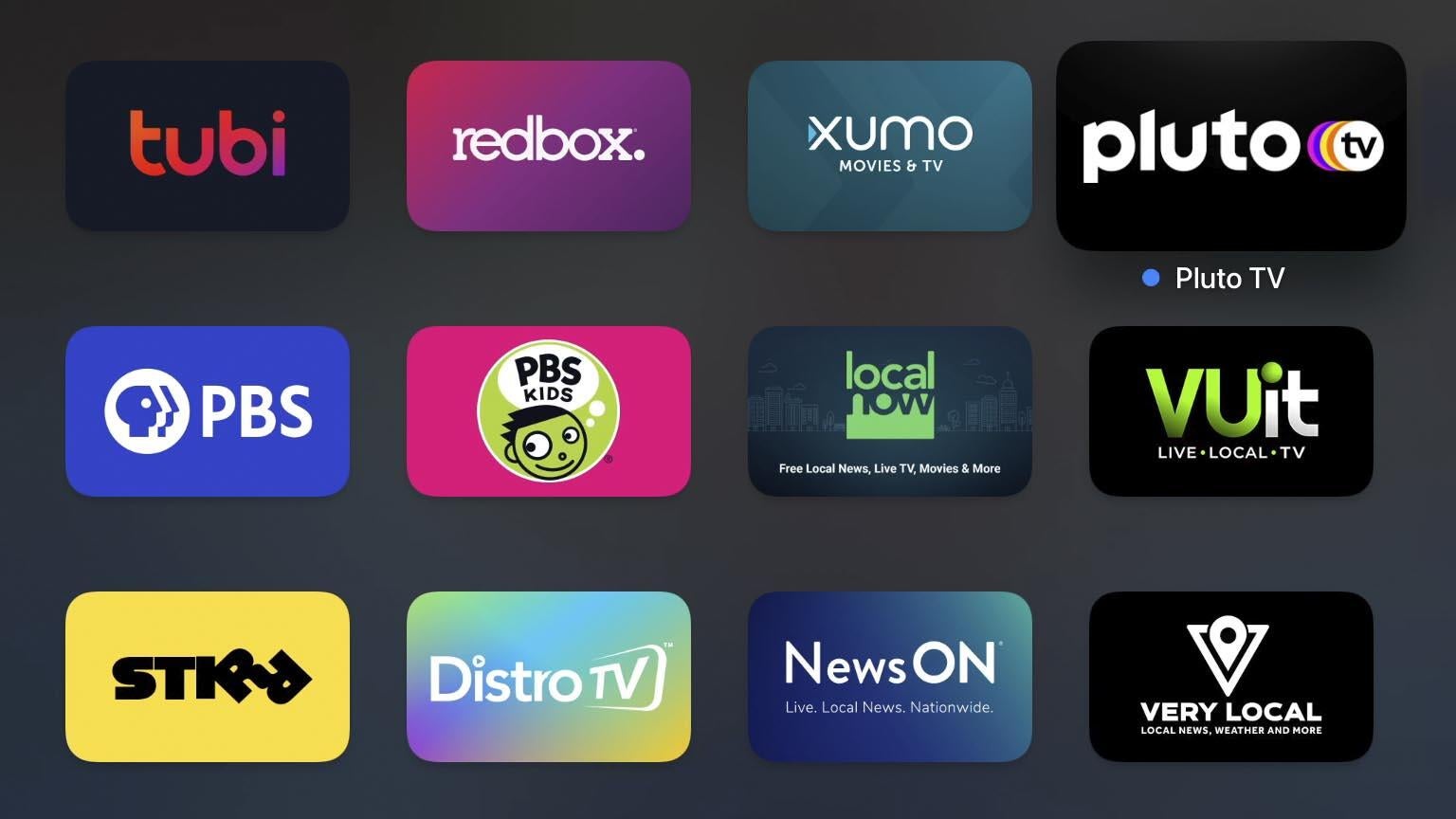Study: Nearly 50% of Customers to Pull Back on Streaming Spending as Shift to Ad-Supported Models Continues

Every day, countless streaming services compete for the attention and subscriptions of consumers and — in many cases — the advertising dollars from businesses looking to connect with those consumers. This week, Roku’s research team released a new study that examined customers' willingness to adopt ad-supported streaming services.
The report focused specifically on Canadian consumers and how open they were to move to ad-supported streaming models, which have become more prominent in recent months with services like Netflix and Disney+ launching ad-supported plans for the first time. Roku’s study reinforces the overwhelming consensus in the industry that advertising-supported streaming will be an ever-increasing part of the streaming landscape in the future.
The study went into depth on the different types of streaming and other media consumption methods used by consumers; over the last two years, there has been a sharp increase in the streaming of live television, up to 49% from 30% in 2020. This rise is obviously due in large part to the further adoption of live TV streaming services, but also by the fact that a number of streamers including ESPN+, Paramount+, and Peacock provide viewing options for live content that otherwise would only be available on broadcast and cable. Additionally, 18% of streaming customers plan to downgrade or outright cancel their cable or satellite subscriptions in the near future, while a solid 29% of those consumers have never used cable.
Between the decline in cable and satellite usage and the proliferation of smart TVs — which are now owned by 75% of consumers — people are using more different streaming platforms than ever before. Streamers now use an average of 3.4 services, up from 2.8 just a year before, meaning that consumers have even more viewing options than ever before.
But while consumers regularly sample content from a diverse array of streaming options, they are also taking strides to cut down on their costs. In the wake of the COVID-19 pandemic, 57% of users feel they have less disposable income than they did before. This has led many streaming customers across all age demographics to consider cutting back on the services that they pay for. Interestingly, the numbers for viewers who do not stream appear to be much lower; most likely due to the fact that non-streaming customers tend to be older and less likely to change their entertainment routines.

As Roku noted in the study, Accenture reports that 63% of consumers believe that it’s too costly to pay for every single streaming service that they want. With a wide variety of other stresses brought on by modern life, people are seeking every opportunity to avoid adding the price of another streaming service to their list of concerns.
One remedy that customers are using to combat this issue is an increased use of ad-supported video-on-demand services (AVOD). By being willing to sit through ads while streaming, viewers are able to get their streaming entertainment at a more affordable price. This is a boon for not only cost-conscious consumers but streaming services as well, as Accenture forecasts that AVOD revenues will grow 205% by 2026.
This combination of the pursuit of variety and frugality has also led to the rise of what the study calls “FlexiVODs.” This term refers to consumers who regularly change their streaming habits based on their changing programming needs and what different platforms have to offer. Forty-seven percent of streamers plan to make changes to the services they use within the next 12 months.

Since the viewing numbers of cable and broadcast television are going down in favor of streaming, platforms are going to need to invest in how to meet customers where they are both in terms of their content needs and pricing structure. As more consumers migrate to streaming, the competition will only increase, meaning that companies will have to get creative to attract and retain users.